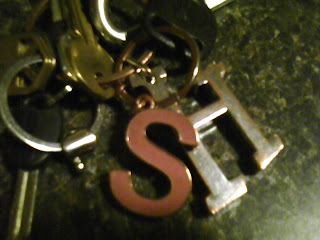
Typefaces are inspiring. The documentary "Helvetica" was very interesting. So many designers professed their love for Helvetica, and many others expressed their disdain. It is fascinating how typefaces can carry a feeling with them and how people have different perceptions of a typeface.
Throughout the film I kept thinking about Comic Sans. Ugh. Need I say more? That is an overused typeface. It was originally designed for comic-like speech bubbles. Now, it has take over the world and many intra-office memos that should instantly be shredded due to poor typographic choice. There is even a website dedicated to the demise of Comic Sans
http://bancomicsans.com/ . Oh, and Papyrus...the typeface of 90s youth ministers everywhere. I feel like there should be a food-pyramid of typefaces. Helvetica, Times and Arno Pro (a personal favorite) would be at the base, other serif and sans serifs would occupy the portions of the pyramid in the middle, typefaces with a small amount of frills would go on the third tier, and Comics Sans, Papyrus, etc the top – use sparingly.
I absolutely loved in the "Helvetica" when one designer said that typefaces are his friends. That is a very profound statement masked by the shear goofiness of the statement. People have a relationship with the type they read. The right type can bring a reader in, the wrong one can steer him or her away.
In the photo: my keys. Helvetica perhaps?!














